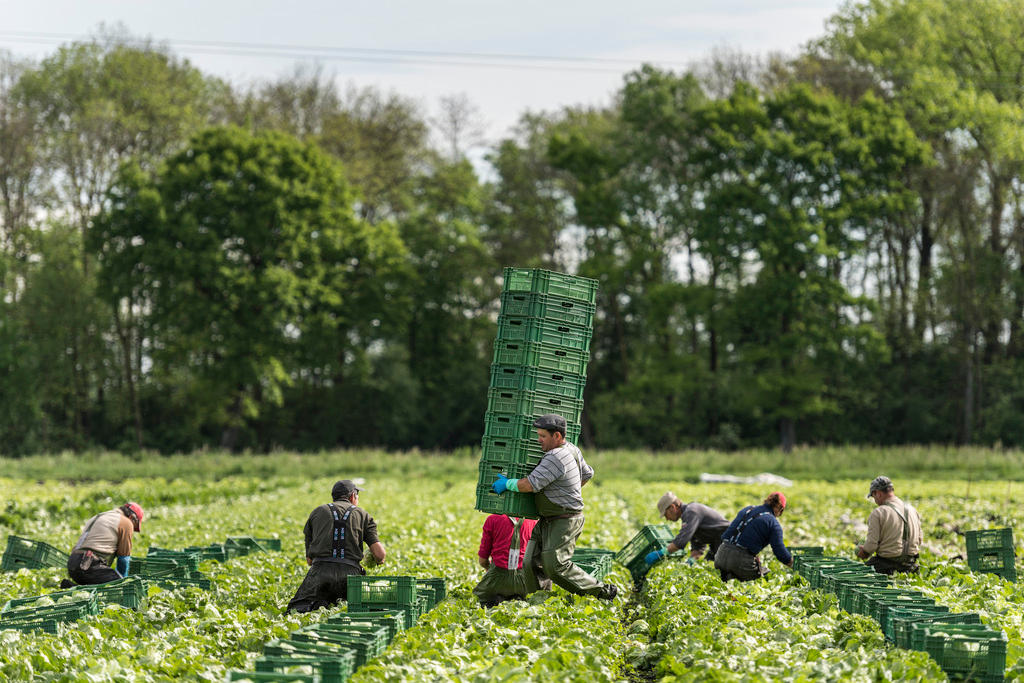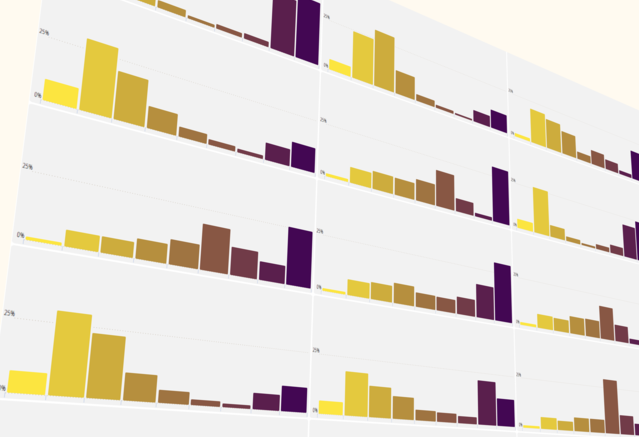Net immigration from EU falls to lowest level in ten years

Net immigration from European Union countries, as well as from Norway, Liechtenstein and Iceland, was down 27% last year to 35,000, the lowest in a decade. Meanwhile, the number of cross-border workers from France and Italy continues to steadily rise.
The State Secretariat for Economic Affairs (Seco) reported on Tuesday that net immigration from the 28 EU and three European Free Trade Association (EFTA) member states had fallen from 61,000 in 2013 to 35,000, the lowest level since 2006.
Net foreign immigration to Switzerland has declined for three consecutive years. Last year, total net migration (including EU and EFTA nationals) was 56,300. By the end of 2016, Switzerland had 2,029,527 foreigners.
The authors of the new Seco report said Swiss unemployment had stabilised but the effects of the strong Swiss franc were still being felt in the economy and this had consequences for immigration from EU and EFTA states.
Comparing figures to 2015, last year there were sizeable reductions in the number of immigrants coming from Portugal (-3,600; -72%), Spain (-1,400; -41%) and Germany (-2,000; 36%). In all three countries, unemployment levels have been reduced.
However, Swiss firms continue to readily employ Italian and French nationals, including cross-border workers: 9,500 for Italy and 5,700 for France in 2016.
In the fourth quarter of 2016, the number of French cross-border workers stood at 175,000 (+4.1%) compared to a year previously, and 71,900 Italians (+3.3%).
Eastern Europe
Net immigration to Switzerland has also fallen from eastern Europe (-2,400; -26%), Seco noted, except for Romania and Bulgaria. The number of workers from Romania and Bulgaria, who have enjoyed freedom of movement since June 2016, rose by a net 3,300 last year, about double the increase from 2015.
The Swiss government reacted by announcing in May that it would curb Bulgarian and Romanian citizens’ access to its labour market for the next 12 months. It will cap the number of five-year residence permits for Romanians and Bulgarians at 996.
Workers from the EU currently represent 11.6% of all active employees in Switzerland. They are spread unequally across the country: 18.1% in canton Ticino and 16.7% in the Lake Geneva region. Cross-border workers also play important roles in the local economies of both regions. In 2016, they represented 27% of the active population in canton Ticino and 13% in the Lake Geneva region.
Switzerland’s export-oriented economy has faced headwinds due to the strength of the franc. Swiss growth halved in 2015 after the franc shot up against the euro following the Swiss National Bank’s decision to scrap its currency cap. The economy expanded 1.3% in 2016. Seco expects it to pick up to 1.8% this year.

In compliance with the JTI standards
More: SWI swissinfo.ch certified by the Journalism Trust Initiative













You can find an overview of ongoing debates with our journalists here . Please join us!
If you want to start a conversation about a topic raised in this article or want to report factual errors, email us at english@swissinfo.ch.